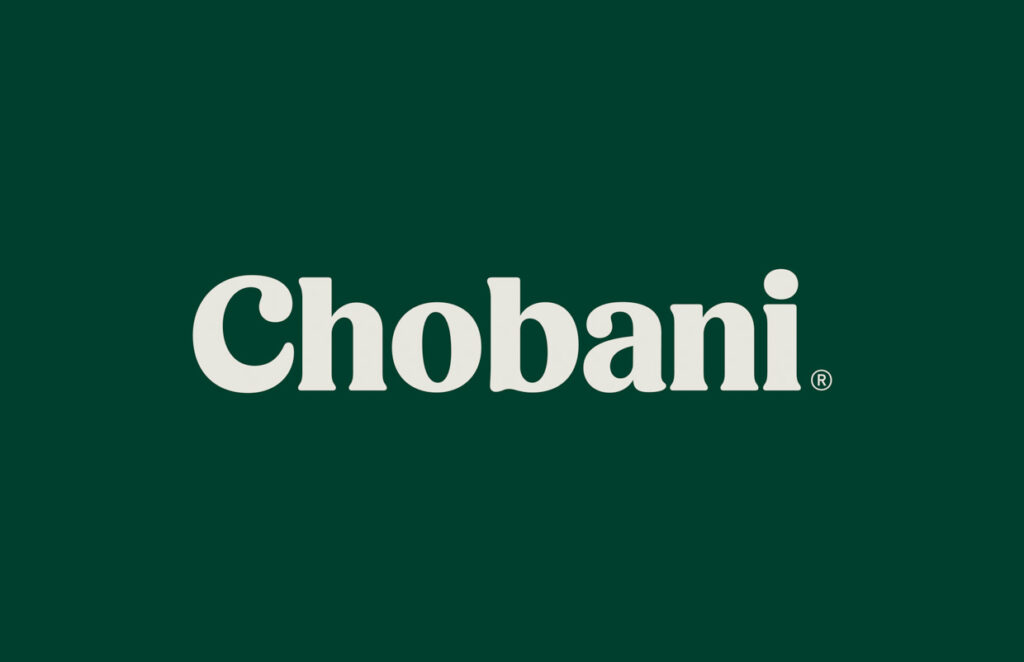The Beginnings
In 2005, Hamdi Ulukaya, a Turkish immigrant in US, purchased a hundred-year-old yogurt plant from Kraft foods. He hoped to launch thick, rich and creamy Greek yogurt that he was relishing in his childhood back home but was unable to find in US yogurt market. Chobani started out as producing private label regular yogurts for large companies but Hamdi believed he could make better yogurt than the competition. With the help of four former Kraft employees and a yogurt master from Turkey, Hamdi worked for next 18 months to perfect the recipe for authentic strained Greek yogurt with natural ingredients. At that time yogurts were available only in specialty stores and targeted to women customers. It was considered a niche market. Hamdi believed that the benefits of yogurt must be available to all and decided to cater to large target mass by placing the product in dairy section small supermarkets. In 2007, he shipped the first batch of Chobani yogurt to a single small grocery store in Long Island, New York. The sales of the product took off and the company expanded regionally and then nationally to grocery store chains.
Rapid Growth
Chobani’s instant success when it first launched in 2007, had big yogurt companies like Dannon knocking on Hamdi’s door asking him to sell. Large private equity firms were eager to fund Chobani. That was how most food start-ups grew, because if they don’t as Hamdi puts it big companies will soon imitate and use their large manufacturing bases to get to the masses.

Chobani decided not to get sold and focused on expansion at a fast pace because Hamdi knew growing fast was the only answer.
By 2010, Chobani became number one selling Greek yogurt in America. Many of Chobani’s competitors like General Mills – Yoplait, Dannon had introduced their own version of the Greek yogurt in the market.
Starting with social campaigns which focused on word-of-mouth marketing at customer level to large sponsorships like official sponsor of US Olympic team for 2012 London Olympics and big budget marketing campaigns during 2014 American Super Bowl, Chobani quickly became the Greek yogurt of choice for American consumers.
Since its launch in 2007, Chobani grew to more than 19% of the overall yogurt market, gaining some $1.5 billion in revenue in 2016. Chobani currently owns 36% of all Greek yogurt sales—a category that was less than 1% before Chobani came along and today accounts for nearly half of all yogurt purchases in the US.
Hamdi attributes much of the success introducing authentic Mediterranean tastes to simple, healthy ingredients, and word-of-mouth. Another part of the company’s success is no doubt a result of its interactions with consumers.
We’re on all the major social media platforms. The growth of Chobani really started virally, where one person would try it, tell five friends who each told five friends, and it really became a brand people loved to discover on their own and tell other people about. In the online landscape, we just had really great success at being able to talk to our fans. I think one of the great things about our company is our relationship with consumers”
-Nicki Briggs, a registered dietitian and Chobani head of communications
Reinvention
Chobani’s rapid growth meant that virtually everybody started copying it. The Greek yogurt shelves became crowded from a number of small players and large companies vying for customer attention. Greek yogurts, once a high growing category, started to see its growth decline.
To stay ahead and to set path for the next 10 years, the company in November, 2017 launched fresh brand identity and packaging.

New brand philosophy of Chobani “Fighting for happily ever after” hints at a broader food & wellness positioning company intends to take for the future.

The most evident manifestation of its reinvention is the redesigned packaging inspired by the 19th century American folk art. Chobani wants to stay clear off of the normal white cup with fruit photograph imagery that rules the US yogurt packaging by going back to their natural roots.

The hand painted artworks depict the natural imperfections of the fruit while differentiating Chobani in dairy aisles of the supermarket. With this Chobani hopes to stay ahead of the curve.
According to me it is one of the best rebranding exercises of 2017 where everything seems so right. Whether the US customers embrace the new change or ditch it, only time will tell.

